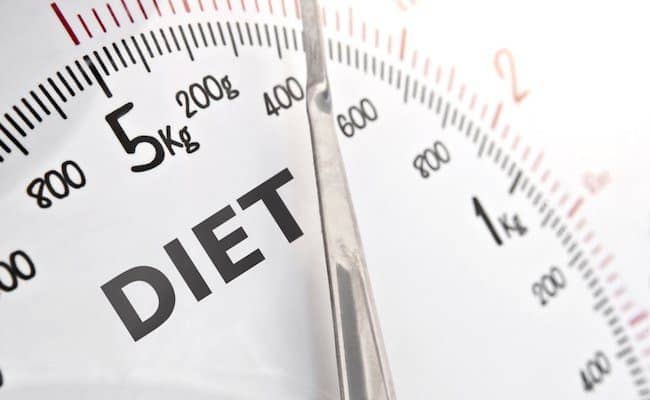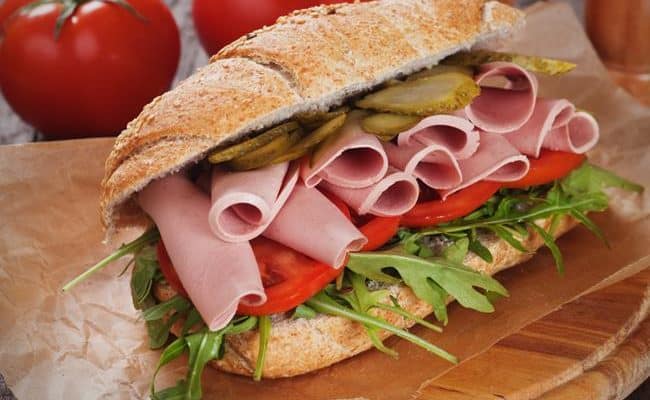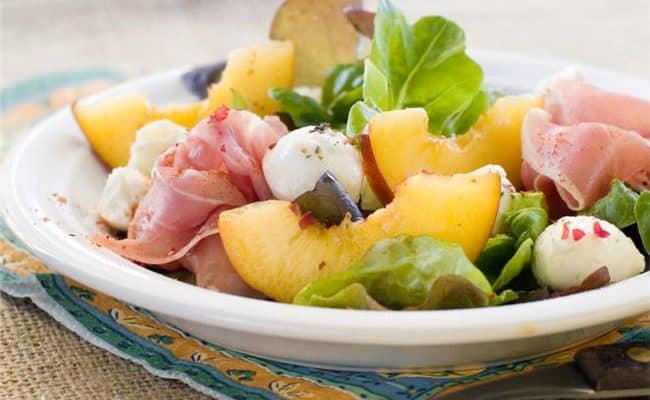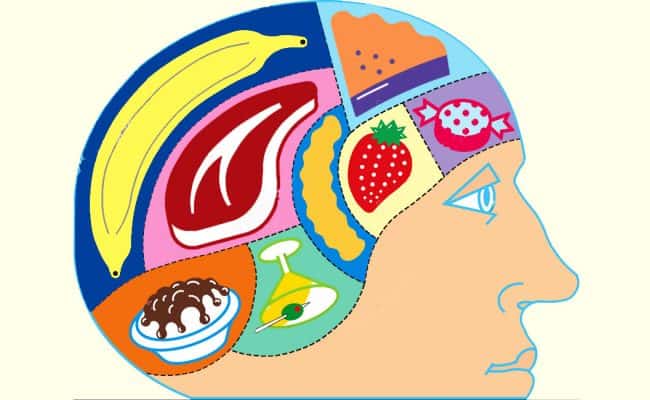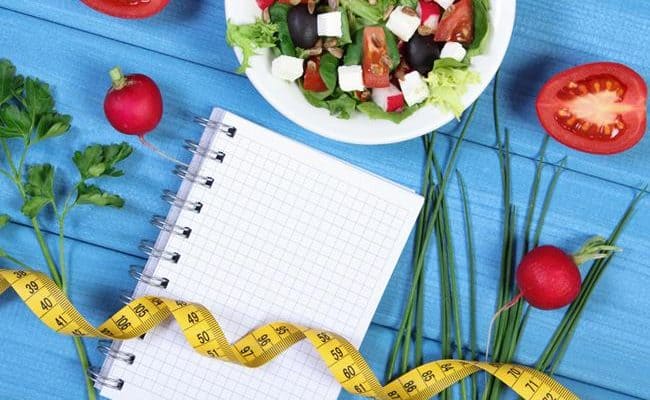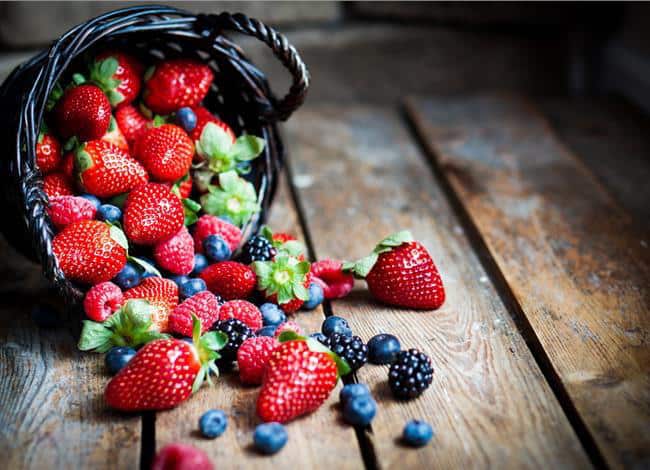
A healthy weight loss regime consists of restricting calories by increasing the nutritional value of foods. What does that mean? Well, food is categorized into 1. macronutrients, which are carbohydrates, fats and proteins and 2. micronutrients, which are vitamins and minerals.
Vitamins and minerals are not a source of energy (calories) but they are essential for growth, vitality, and health. Chromium and selenium for instance are important for weight loss success since they take part in carbohydrate metabolism and blood sugar regulation. So it is crucial that our food contains a healthy balance of both macro- and micronutrients.
However nowadays, processed food is stripped of micronutrients and often provides only calories without any benefits (empty calories).
So here are strategies that contribute to healthy weight loss and to get the most for your buck.
#1 Sipping water throughout the day
Liquid calories are the first enemy of a weight loss program. Non-alcoholic or alcoholic drinks like soda pop, iced teas, flavored coffee drinks and cocktails have no nutritional value. They all contain empty calories.
The worst thing about these drinks is, that our body doesn’t even recognize the liquid calories. Since they are normally high in sugar they cause your blood glucose to spike. The result is you crave more similar type food.
And no, even “Vitamin Water” does not really contain vitamins just artificial flavor and coloring agents. And no “Coke zero” doesn’t count as no calorie alternative either, since it contains the dangerous sweetener aspartame.
Water not only has zero calories but can also make you feel full, which is awesome if you’re restricting calories. If you buy a reusable 18.5 liter container of water the liter of water might cost you as little as $ 0.33. Compare that to $ 4.50 per liter for Coca Cola’s “Vitamin Water”.
Furthermore drinking water will significantly increase your energy and mood levels. So not only will you safe money and do something good for your body you also will feel great!
#2 Plan your menu
If you are not prepared and hunger strikes everything but the kitchen sink will find the way into your mouth. You need to have a plan of what you are going to eat. Sit down, take a piece of paper and let the creative director in you take over.
Draw a great menu plan for the next three days where you fill in the blanks for breakfast, lunch, dinner and snacks. And give your self some slack here. It is all right if you eat oatmeal with berries for breakfast for the next three days.
Anyway, after you are done with menu planning you flip the page and write down your grocery list. What do you need to buy for breakfast? Do you have enough oats? Berries? No, then put it on the list. What items do you need for lunch, dinner and snacks?
When you are at the supermarket only buy what’s on your list. This might take some willpower but I’m sure you can do it. Just focus on your list and don’t get distracted from flashy looking potato chip bags that are filled with 2/3 of air for $ 4.00.
When you only buy what you need you create less waste or spoilage and therefore save money. And if you don’t have the Costco family bag of gummy bears your midnight excursion that leads you to the pantry will only find healthy seasonal fruits.
I know that some people recommend buying bulk food for money saving purposes. Bulk food is not always cheaper. So you have to compare prices. What I don’t like about bulk food is that it can contribute to overeating and spoilage. I love variety and hate eating the same stuff all the time.
#3 Fill your menu plan with green salads and vegetables
Non-starch vegetables are awesome. You can eat a spinach salad the size of an iceberg and it will still be less than 100 calories. Just the look of that big bowl filled with greens will make you feel full. And I don’t need to mention the vast amount of vitamins and minerals you are going to consume with this spinach salad.
Combined with some healthy proteins like legumes, beans, lentils, nuts, hemp hearts, broccoli, kale, quinoa, eggs, fish or poultry and virgin olive oil vinaigrette you are not going to break any bank (calorie or money bank).
You don’t like salad? Then hide your greens in a delicious smoothie. Blend some leaves of kale or spinach with nut milk and fruit. Frozen berries or banana will not only add some sweetness but also make a great blended iced version.
#4 Don’t go grocery shopping when you’re hungry and stressed
Hunger is a very powerful thing. Your brain tries to convince you that starvation is imminent. And it is very likely that you are going to believe it. Everything just looks and smells so much tastier when you are hungry.
A research team from the Cornell University found in a study that shopping while hungry can lead to a whole week of unhealthy eating. Hungry participants stuffed their carts with processed, high-calorie, low nutritional value junk foods while cruising the aisles.
Same results happen when you shop for groceries when stressed. And this is not the way to save money or to lose weight.
#5 Get the best nutritional value for your bucks
Especially when money is tight you want to make sure you get the healthiest foods for your dollars. These are some suggestion you may follow:
Breakfast
Choose:
- 100% whole grain breads
- Steel cut or old fashioned rolled oats
- High fiber, unsweetened cereals
- Unsweetened, organic applesauce in a jar
- Local, seasonal whole fruits
Instead of:
- White bread
- Instant flavored oatmeal
- Sugary cereals
- Sweetened, canned applesauce
- Pre-packed and cut fruit
Lunch/Dinner
Choose:
- Quinoa, buckwheat, bulgur, amaranth
- Brown or wild rice, cauliflower
- Non-starchy greens and orange vegetables
- Whole head of salad
- Broccoli, mushrooms, kale, lentils, beans,
- nuts, hemp hearts, quinoa, amaranth
- Canned sardines, salmon, mackerels
- (Organic) chicken breast
- Whole meat
Instead of:
- White pasta
- White rice or instant rice
- Starchy vegetables
- Bagged salad
- Meat (protein)
- Fried fish
- Skin on chicken thighs
- Frozen burger patties
Snacks
Choose:
- Hummus, salsa, guacamole
- Nuts
- 75% dark chocolate
- Whole fruits, veggie sticks
- Plain yogurt
- Greek yogurt
Instead of:
- High calorie dips
- Candy
- Milk chocolate
- Packaged snacks
- Flavored yogurt
- Sour cream
Drinks
Choose:
- Kombucha, water, tea
- Make your own coffee
- Non-alcoholic beer and wine
Instead of:
- Soda, juice
- Buying at the coffee shop
- Beer and wine
Condiments
Choose:
- Coconut sugar, blackstrap molasses,
- Almond flour, coconut flour
- Celtic sea salt
- Tomato sauce in a jar
Instead of:
- Refined sugar
- raw honey, stevia, maple syrup
- White flour
- Refined salt
- Canned tomato sauce
#6 Grow your own food
Buying at the farmers market too expensive? Then dive into the experiment and grow your own produce. You won’t probably sustain your family’s diet with it but besides saving some dollars for organic tomatoes or cucumbers you will also get a healthy dose of proudness and sense of admiration.
I know! It sounds very complicated. I’ve been there and asked my grandfather what it takes to grow veggies. He said: “Just put it into (good) soil and water it. It will grow.” What can I say, he was right. Now I cut fresh parsley whenever a recipe asks for it or enjoy roof top cheery tomatoes and kale. Everything is possible when you are willing to get your hands dirty.
